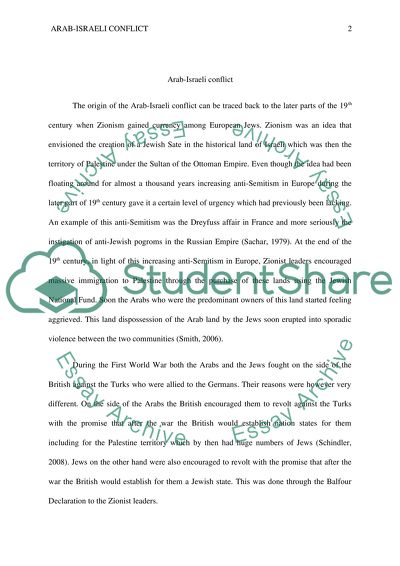Cite this document
(“Contemporary Middle East History using books The Modern Middle East Essay”, n.d.)
Contemporary Middle East History using books The Modern Middle East Essay. Retrieved from https://studentshare.org/history/1469433-contemporary-middle-east-history-using-books-the
Contemporary Middle East History using books The Modern Middle East Essay. Retrieved from https://studentshare.org/history/1469433-contemporary-middle-east-history-using-books-the
(Contemporary Middle East History Using Books The Modern Middle East Essay)
Contemporary Middle East History Using Books The Modern Middle East Essay. https://studentshare.org/history/1469433-contemporary-middle-east-history-using-books-the.
Contemporary Middle East History Using Books The Modern Middle East Essay. https://studentshare.org/history/1469433-contemporary-middle-east-history-using-books-the.
“Contemporary Middle East History Using Books The Modern Middle East Essay”, n.d. https://studentshare.org/history/1469433-contemporary-middle-east-history-using-books-the.


